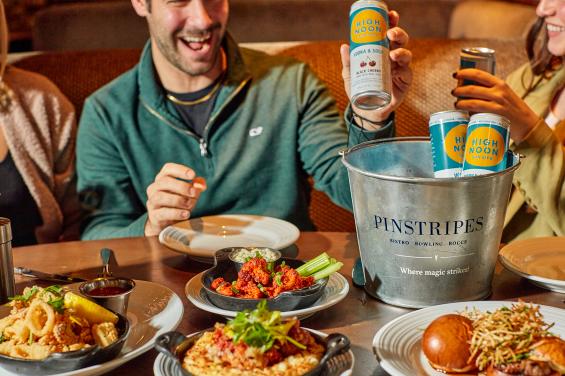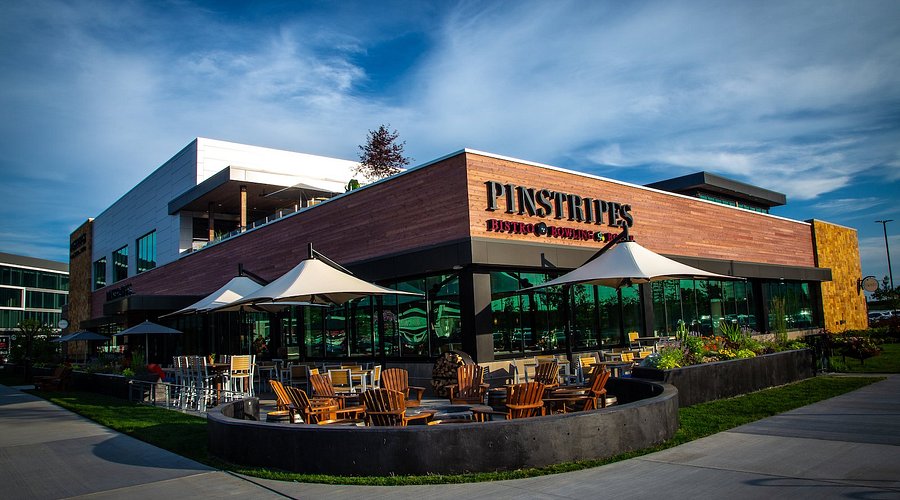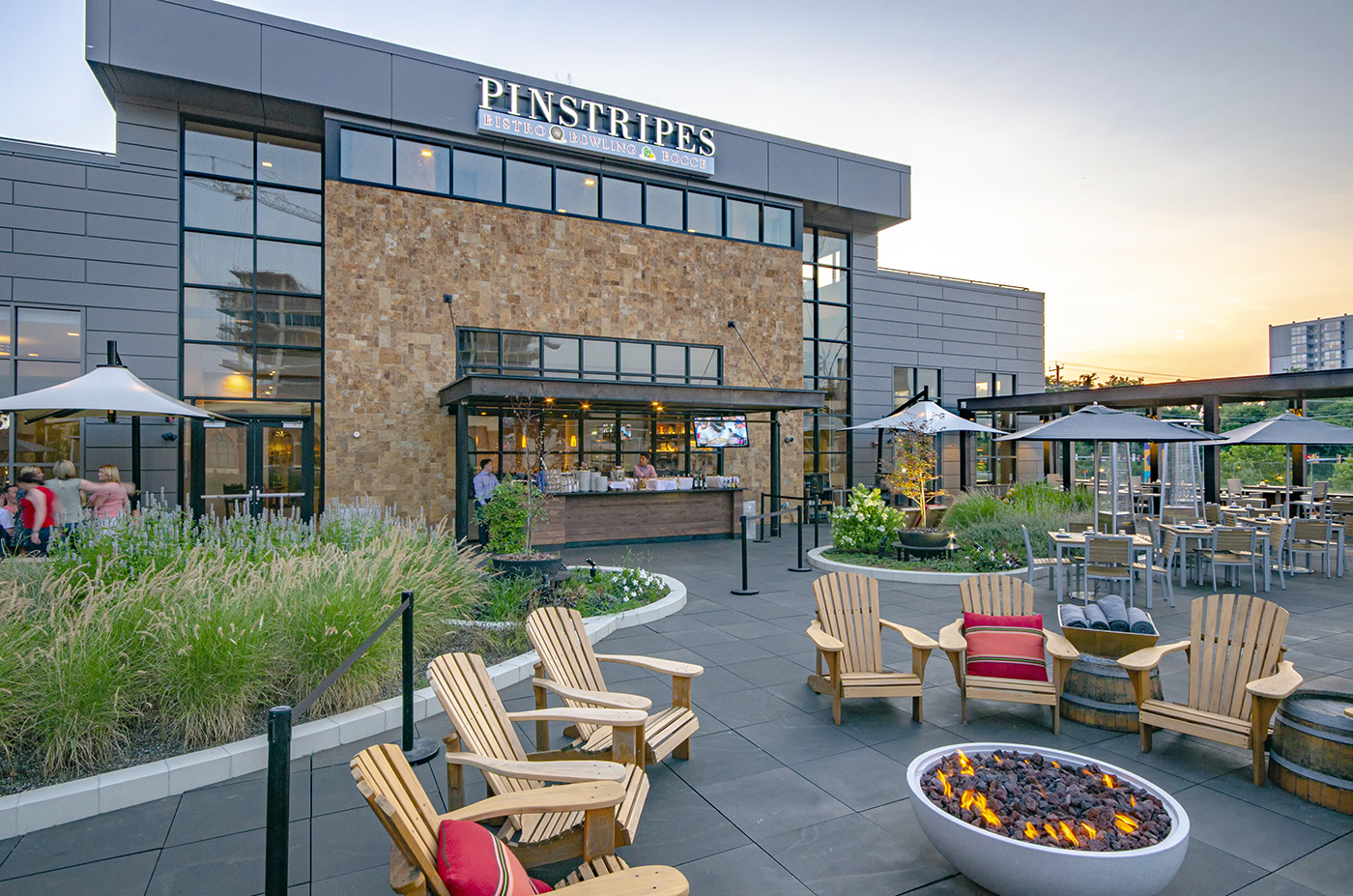Inflation Squeeze Pushes Pinstripes From SPAC Momentum to Creditor-Led Lifeline
Pinstripes’ expansion story met an inflation shock, a delisting, and a creditor-backed stalking-horse bid—charting a survival path that aims to preserve the business as a going concern.

When Did This Shift Start?
The turn began where confidence faltered and liquidity thinned. Pinstripes’ share price “never rose above $1 since last September,” a breach that did more than bruise sentiment; it narrowed access to equity just as pressures crested. In March, the company received a delisting notice from the New York Stock Exchange and chose not to appeal, closing what had been an essential financing avenue. Into that gap stepped a lifeline. Also in March, Oaktree Capital Management took an “85% stake in the company in exchange for $7.5 million to keep the chain afloat,” bridging operations while a sale and restructuring response took shape. With new-money buyers scarce, the strategy tightened into a stalking-horse framework—less a sprint back to growth and more a careful, balanced route to preserve a going concern. It is a pivot from momentum to maintenance, trading speed for stability in a period that rewards thoughtful, measured steps.
Why The Footprint Matters
Operational realities amplified the strain. The brand’s venues—26,000 to 38,000 square feet—blend bowling alleys, outdoor patio dining, bocce courts, fire pits, and fountains, with capacity for 900 guests, including 300 diners. That scale raises revenue potential but also embeds fixed costs that are less forgiving when traffic softens. Roughly 80% of revenue stems from food and beverage, anchoring results to hospitality demand even as inflation nudged entertainment consumers toward cheaper alternatives. The company attempted to counter rising costs with menu price increases and improved purchasing practices, but sensitivity at the register tends to ripple through the rest of the experience. As traffic dipped, the margin for error narrowed. A candid line underscores how growth compounded rather than relieved the crunch: “At the same time, the Debtors continued to expand, incurring costs for new store openings that were not yet generating, and ultimately never did generate, revenue,” Katchadurain wrote. Even so, the scale is notable—about $129 million in total annual revenue for the fiscal year ending April 27, 2025, with each location averaging roughly $7.4 million annually. The format promised abundance; inflation demanded restraint and a more balanced equation between ambition and throughput.

How Did Public Plans Unravel?
Pinstripes entered the public markets at the end of 2023, merging with Banyan Acquisition Corp and reemerging as Pinstripes Holdings. The plan was assertive: CEO and founder Dale Schwartz envisioned reaching 23 venues by the end of 2024 and identified whitespace for 150 units over time. But momentum depends on fuel. As the stock hovered below the threshold—“$1” since last September—the ability to tap public equity weakened at precisely the wrong moment. Signals multiplied that financial flexibility was tightening. The CFO departed in February as the company explored strategic alternatives amid high debt and a breach of covenants. By March, the delisting notice arrived and the decision not to appeal accelerated the shift from expansion-mode to a creditor-supported strategy to keep operations intact. What began as a platform to scale became, in a matter of months, a test of how to preserve continuity with thoughtful, disciplined moves rather than rapid growth.
Who Showed Up To Buy?
The company turned outward to test alternatives. Pinstripes engaged Piper Sandler “In January” and reached out to about 80 parties with restaurant industry experience. Approximately 20 signed non-disclosure agreements—a sign of interest—but “the initial marketing and sales process did not yield any third-party offers.” The message between the lines was consistent with the broader picture: inflation-sapped demand, constrained liquidity, and a delisted stock left potential buyers cautious. In another environment, the concept’s scale and blended dining-and-entertainment model might have found backers ready to underwrite growth. Under current conditions, appetite for new money seemed limited without clearer visibility to returns or a stronger capital structure. The result was not a closed door, but a narrowed corridor—one that favored creditor solutions and measured, balanced steps over expansionary leaps.
What Did Creditors Propose?
With third-party bids absent, creditors set a floor designed to keep the business operating. One of the largest creditors, Silverview, entered a stalking bidding agreement with a credit bid of at least $15 million for transferred assets and $1.6 million in cash. That structure preserves continuity, addresses obligations, and leaves the door open for competing offers—an intentional design that balances urgency with optionality. There was also a notable industry signal: court filings referenced Punch Bowl Social as a prospective Stalking Horse Bidder. Traditional buyers may have stayed on the sidelines, but peers were watching the process. In practical terms, the stalking-horse framework translates a liquidity emergency and curtailed public-market access into a creditor-led bridge. It’s not a celebration of growth; it’s a thoughtful, structured pause to maintain a going concern and protect stakeholders while options can still be weighed.

What Did Leadership Say?
Leadership did not gloss the tradeoffs. “To be blunt, the process proposed to be consummated through these chapter 11 cases is not perfect, and it is not where the Debtors wished they were right now,” Katchadurian wrote in relation to the Silverview plan. The admission matters: court-supervised processes are disruptive and costly, but they create structure when other avenues close. He continued, framing the choice in stark terms: “However, it is the only pathway forward that preserves value for the Debtors’ constituents and preserve[s] the Debtors’ business as a going concern. Absent Silverview’s commitment and the path contemplated by the Support Agreement, the Debtors would file for chapter 7, to the detriment of all constituencies.” It is an unvarnished acknowledgment that the current approach is a means of preservation—an intentionally balanced alternative to a more destructive outcome that would ripple across employees, landlords, lenders, and guests.

Why Did Inflation Bite So Hard?
The model itself explains the vulnerability. With roughly 80% of revenue tied to food and beverage and the remainder to games, the concept relies on diners who also purchase time-limited entertainment like bowling and bocce. Inflation shifted entertainment consumers toward cheaper alternatives over the past year, pressuring traffic. In expansive venues with fixed costs—staffing, rent, equipment—softer demand quickly becomes a heavy carry. Attempts to offset rising costs through menu price hikes and more effective purchasing practices provided some cushion, but flat or declining traffic blunts those gains. The SPAC listing was intended to fund growth into the model’s potential; instead, once the share price “never rose above $1 since last September,” tapping the public market became difficult. Meanwhile, new store openings were incurring costs without generating revenue, intensifying the cash squeeze. In a business that thrives on full houses and celebratory energy, the period demanded a more measured, nourishing approach to capital—protective of the core, careful with new commitments, and attentive to price-sensitive guests.
What Remains Uncertain?
The process leaves open questions and clear markers. The market check contacted about 80 parties, roughly 20 executed non-disclosure agreements, and “the initial marketing and sales process did not yield any third-party offers.” A Silverview stalking-horse bid exists, with at least $15 million in credit and $1.6 million in cash, and court documents referenced Punch Bowl Social as a prospective participant. The filings also mention “high debt” and a “breach of covenants,” though neither amounts nor covenant specifics are disclosed, keeping the precise balance-sheet constraints outside view. It is also unknown whether a competing bid will surface now that a baseline is set. What is known: the company did not appeal its NYSE delisting notice and accepted Oaktree’s “85% stake” for “$7.5 million,” and management characterizes the current process as the “only pathway forward” to maintain a going concern. For stakeholders, the watchwords are continuity and discipline—holding a steady line while optionality remains.
What’s The Takeaway?
A dining-and-entertainment brand that once spoke in the language of expansion is now speaking in the language of preservation. The lesson is not a rejection of growth but a call for balance—scaling with attention to liquidity, pacing openings so that they contribute rather than consume, and building resilience into large-footprint formats that excel in strong cycles but require thoughtful stewardship when demand softens. In practice, this is about nourishing the core. When 80% of revenue comes from food and beverage, guest value becomes the essential hinge: pricing that respects sensitivity, purchasing that stays sharp, and experiences that merit the visit even as consumers scan for alternatives. The stalking-horse path is not glamorous, but it is purposeful. It creates a structured moment to steady the brand, conserve resources, and protect a going concern. In a climate defined by inflation shocks and tightened capital, that kind of disciplined, mindful approach is the sustainable choice—less about spectacle and more about continuity, the quiet work of rebuilding confidence plate by plate, frame by frame.